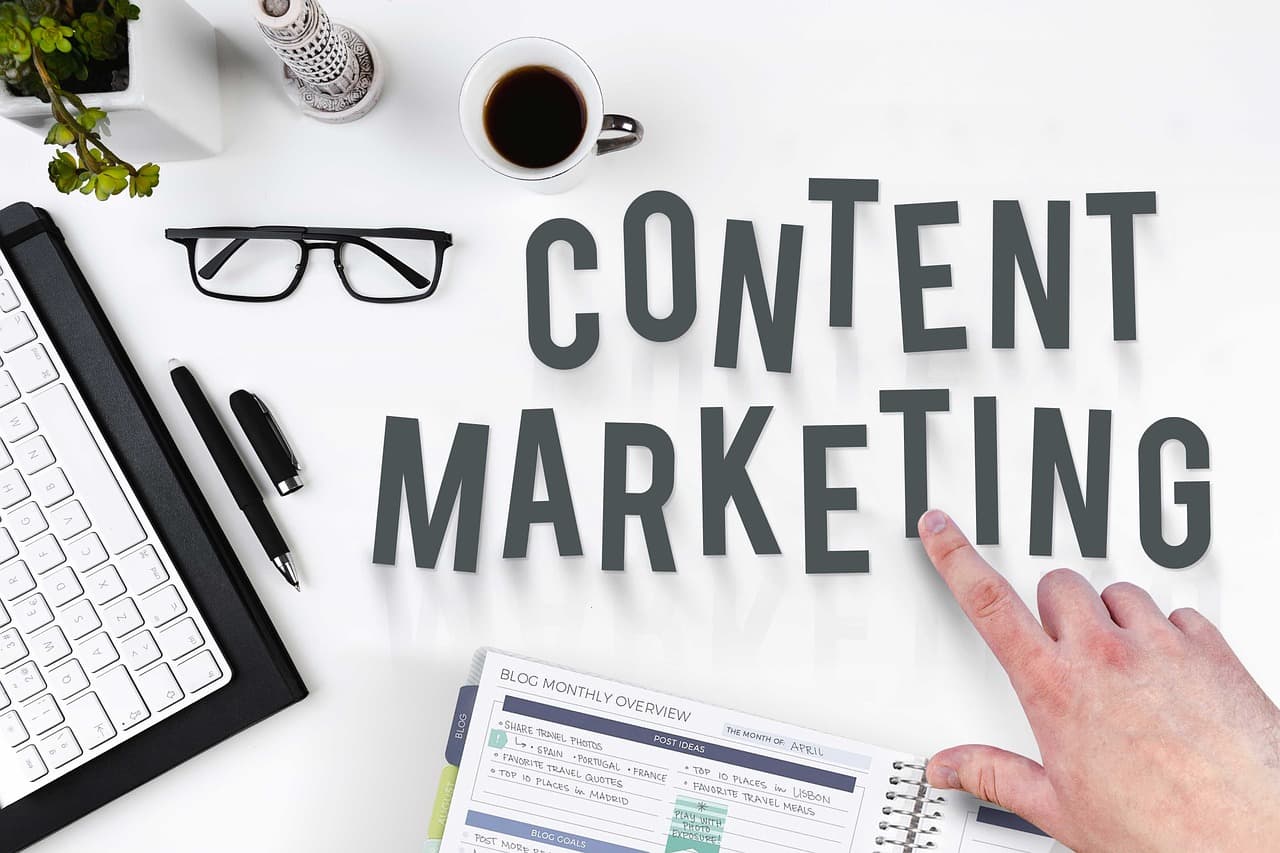Visual content plays a crucial role in marketing strategies. Studies show that visual content is more quickly perceived and better remembered than text. Social media actively uses images and videos to increase engagement. Video content and infographics significantly increase user interaction and drive sales.
Benefits of Visual Content
Here are the main benefits of visual content you should know about:
- Quick perception: 90% of information transmitted to the brain is visual. Visual data is processed 60,000 times faster than textual data. This is due to human evolutionary adaptation: images and visual data have historically played an important role in survival and communication.
- Memorability: People remember 65% of visual content three days after viewing it, whereas textual content only 10%. This is because the brain is better at processing and storing visual images, making visual content a more effective tool for long-term information transfer.
- Attraction: Posts with video attract three times more inbound links than text posts. Video content is more engaging and interactive, making it a powerful tool for attracting and retaining an audience.
Social Media and Visual Content
Social media platforms provide unique opportunities to leverage visual content. Here are some examples of how visual content can increase user engagement:
- Pinterest: 21% of Pinterest users buy products from websites after seeing them on Pinterest, a platform that focuses on visual content, making it ideal for promoting products and services through eye-catching images and infographics.
- Consumer preferences: 43% of consumers want to see more video content. Video provides a deeper and more emotional engagement with audiences, helping brands communicate complex messages more effectively and persuasively.
- Smartphones: 75% of smartphone users watch video on their devices. 26% of them do so at least once a day. As mobile device usage increases, video content is becoming an increasingly important element of marketing strategies, allowing you to reach your audience anytime, anywhere.
The Effectiveness of Video Content
Video content continues to gain popularity among consumers, and its effectiveness cannot be overstated.
Consumer Preferences:
Four times as many consumers prefer to watch a video about a product or service than read about it. Video allows for visual demonstrations of product features and benefits, making it a more persuasive and informative medium.
Infographics:
Infographics are liked and shared on social media three times more often than any other type of content. They allow complex data and statistics to be presented in an easily digestible and appealing format, which promotes better understanding and memorisation of information.
Impact Of Images On Social Media
Images play an important role in attracting and retaining users’ attention on social media platforms:
- Twitter: Tweets with images receive 150% more retweets than tweets without images. Images make tweets more visible and eye-catching in the newsfeed, which increases their visibility and engagement with the audience.
- Facebook: Posts with images receive 2.3 times more engagement than posts without images. Images help to make posts stand out in the News Feed, encouraging users to interact through likes, comments and reposts.
- Snapchat: Snapchat users watch more than 10 billion videos a day. The platform focuses on short but engaging visual stories that attract and hold the attention of a young audience.
Influencing Purchase Decisions
Watching a product video increases the likelihood of buying a product by 85%. Video content can show a product in action, demonstrate its benefits and evoke an emotional response from potential customers. This makes video a powerful tool to drive sales and increase brand trust.
The impact of visual content on social media:
| Platform | Statistics |
| 21% of users buy products after browsing | |
| Tweets with images get 150% more retweets | |
| Posts with images get 2.3x more engagement | |
| Snapchat | Users watch more than 10 billion videos per day |
Final Thoughts
Visual content plays a key role in modern marketing strategies. It attracts attention, is easy to remember and has a significant impact on consumer decisions. The use of images, videos and infographics significantly increases audience engagement and helps to increase sales. In an increasingly competitive marketplace, it is important to adapt marketing strategies based on audience preferences and needs.
FAQs
Why is visual content so important for marketing?
Visual content is quicker to comprehend and better to remember than text, making it an effective tool for attracting and retaining an audience.
What are the most popular types of visual content?
Images, videos, infographics and animations are the most popular.
What impact do infographics have on social media?
Infographics are liked and shared on social media three times more often than any other type of content.
How effective is the use of video in e-commerce?
Video content increases the likelihood of buying a product by 85% by showing it in action and eliciting an emotional response from customers.
